The Birth of Preventive Cardiology
Dr. John Osborne's Fight Against the System | ClearCardio
Welcome to ClearCardio's Prevention is Power podcast, where we uncover the stories and strategies that are reshaping the fight against heart disease. In this deeply personal episode, we dive into Dr. John Osborne's incredible journey—a man who refused to accept the status quo and spent three decades fighting outdated practices. From starting medical school at 19 to training at Harvard's Brigham and Women's Hospital, his path was anything but conventional.
A moment in the cardiac catheterization lab changed everything when colleagues dismissed concerns as "lumpy bumpy" while Dr. Osborne saw early heart disease everyone else ignored. This episode reveals how he abandoned traditional procedures in 2005, realizing cardiac CT scans provided better, safer information at 5% of the cost. Learn about his lonely crusade against the medical establishment until his revolutionary approach was finally recognized in 2021 cardiology guidelines.
"Focus on the patient, do right by the patient, and all the details will take care of themselves. Think about what's the best way to take care of the patient, and the details take care of themselves." — Dr. John Osborne
Key Takeaways from This Episode:
Dr. Osborne started medical school at 19 and earned both an MD and PhD in cardiovascular physiology from Harvard, specializing in the biology of atherosclerosis and plaque formation.
The term "preventive cardiology" didn't exist when Dr. Osborne completed his training in 1997—he essentially pioneered the field through necessity and innovation.
Heart catheterization technology hasn't fundamentally changed since its accidental discovery in the late 1950s—it's still the same 2D, analog technology we use today.
When colleagues dismissed early plaque as "lumpy bumpy" and sent patients home, Dr. Osborne recognized these were critical warning signs that demanded intervention.
In 2005, Dr. Osborne completely stopped performing diagnostic heart catheterizations, realizing that cardiac CT provided superior diagnostic information at 5% of the cost with no invasive risks.
It took 16 years (until 2021) for the American College of Cardiology to officially recognize cardiac CT as the preferred diagnostic tool for chest pain—validating Dr. Osborne's early adoption.
Modern cardiac CT with AI can analyze millions of pixels across 2,000 shades of gray, quantifying plaque down to a tenth of a cubic millimeter and identifying different types of dangerous plaque.
Heart disease kills more people than the next seven causes of death combined, including all cancers, yet we do virtually no early screening compared to other diseases.
Half of heart attack victims (10 million people worldwide annually) have no symptoms before their fatal event—making early detection through advanced imaging crucial.
Innovation in medicine follows Schopenhauer's three phases: first you're denied and called insane, then there's reluctant acknowledgment of occasional validity, and finally widespread acceptance.
Resources Mentioned:
Brigham and Women's Hospital (Harvard Medical School)
Society for Cardiovascular Computed Tomography (SCCT)
American College of Cardiology 2021 Guidelines
ClearCardio Advanced AI-Powered Cardiac Imaging: clearcardio.com
Dr. John Osborne's Research on Cardiovascular Physiology
Understanding Cardiac CT vs. Traditional Testing Methods
